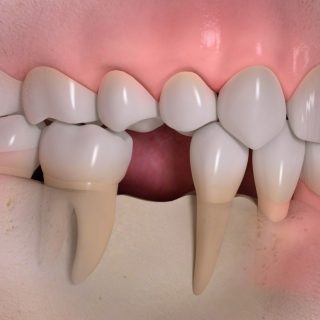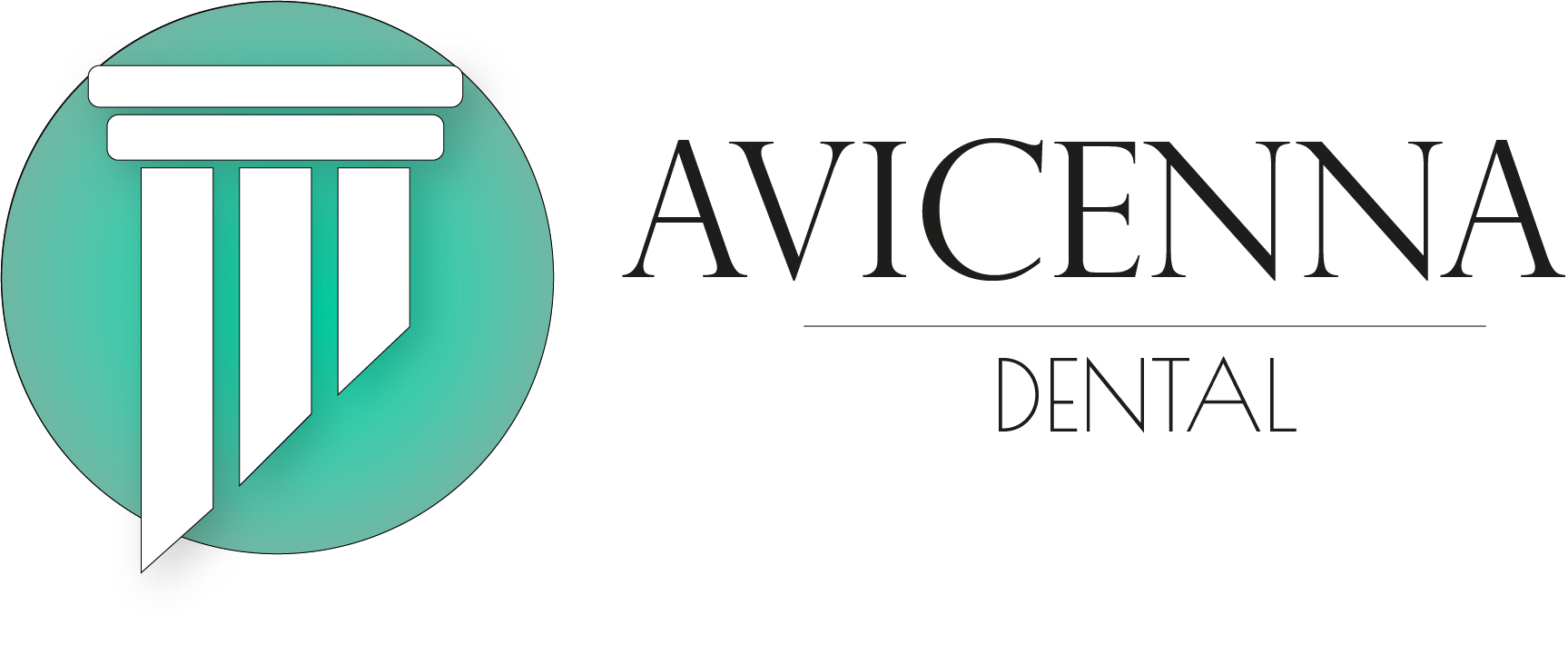This website uses cookies so that we can provide you with the best user experience possible. Cookie information is stored in your browser and performs functions such as recognising you when you return to our website and helping our team to understand which sections of the website you find most interesting and useful.
Implants
A lost tooth can be substituted in numerous ways. The best solution is an implant as it offers a fixed solution and an easy to clean prosthesis can be built on it. Traditional bridges and removable dentures still make an organic part of tooth substitution but the most feasible way is their combination with implants. Dental implantology develops by leaps and bounds and thanks to the improvement of surgical technology, the success rate of implantation has already reached 99%.

Substituting one tooth with an implant
Losing a tooth is not a disaster but if it happens to be one of the front ones above, it requires immediate substitution. If there is only one tooth missing in front and a bridge would be used, the two adjacent teeth will have to be ground down and it would entail too great a sacrifice. The greatest advantage of an implant is that the neighbouring teeth remain intact.
Teeth lost most frequently are No. 6’s (first molars behind the premolars). As they already start to grow at the age of six, they will be the first to decay in adulthood. It is easier to get used to their loss because they do not cause esthetic problems or major issues with mastication. Loss of them, however, initiates irreversible processes that will have negative effects on the entire dentition. Adjacent teeth start to migrate and lean towards the empty space while the upper ones extend and start to grow into the void. And it will not only cause a decrease in functionality but may have an esthetic effect as well.



In case of leaning adjacent teeth, even preparing for a bridge is not an easy task: due to the need for a high degree of axis correction, root canal of the abutment teeth may be needed. An unnecessary root canal, however, means the death sentence of the tooth involved, thus it stands to reason to substitute even one tooth with an implant (or bridge) as soon as possible. It will not only mean one tooth that we restore but we can also prevent numerous health issues later on. Another important consideration is that the bone to grow after a tooth is extracted will only be able to accommodate the implant without bone grafting for a short while as the slow process of bone resorption can become significant even after a few years.
Tip: one’s own bone will be in the most ideal state between 3-6 months after extraction and this is the period when chances for a dental implantation without bone grafting are the greatest.
Substituting numerous teeth with implants
If numerous teeth are missing adjacent to each other, the effects can be even more serious as the symmetry of mastication is compromised. We will use this side of the dentition less, the healthy side gets overloaded and it will lead to the emergence of other problems later on. Three adjacent teeth can best be substituted by two implants and a bridge built on them. Due to the distance between the remaining teeth, no traditional bridge can be applied because the abutments would get overloaded soon.
Tip: in case of extended tooth spaces, the only long term solution is offered by dental implants.


Substituting all teeth with implants
The root cause behind the need for the extraction of all teeth is primarily a chronic disease of the parodontium. It is a frequent problem, unfortunately, but the up side of the matter is that we can offer more than a removable full denture when finding a solution to the issue. A removable denture can be made much more stable with the use of dental implants as anchors. Lower prostheses are more problematic but they can be strengthened with two implants and can be perfectly used for mastication. It is important to note that bone grafting is unnecessary in most cases – we only need a good plan and a CT scan. Thanks to a patent-like contact, the prosthesis is stable enough for eating and speaking without adhesion and its cleaning is very easy.



Tip: even an existing and non-functioning full prosthesis can be rebuilt in a way that the part connecting to the implants is built into the denture, thus facilitating its proper, immediate use.
Even an entire prosthesis can be eliminated by increasing the number of implants and using a screw-on bridge. This is a fixed substitution that never has to be removed, it has the highest level of comfort and approximates the feel of own teeth the most. The greatest stability of the bridge can be guaranteed by 8 implants below and 10 above that can be topped by 14 beautiful crowns.
There is another excellent solution for rebuilding fixed teeth, the so-called All-On 4 technique. As prompted by its name, even 4 implants can be sufficient but the final bridge will only have 12 crowns. By using slanting implants in the back of the mouth and avoiding important anatomical structures, no bone grafting is needed thus treatment cost is much lower. All-On 4 will not, however, offer a solution to everybody: important criteria need to be met that can be decided upon by a CT scan. All-On 4 can be a great solution in cases when back teeth have been missing for a long while thus excluding the option of implants and the patient would not be happy with a removable denture.
Tip: substitution of lost teeth is very important. An implant can perform its task very well in the long run both as a supplement to traditional methods or in itself.

